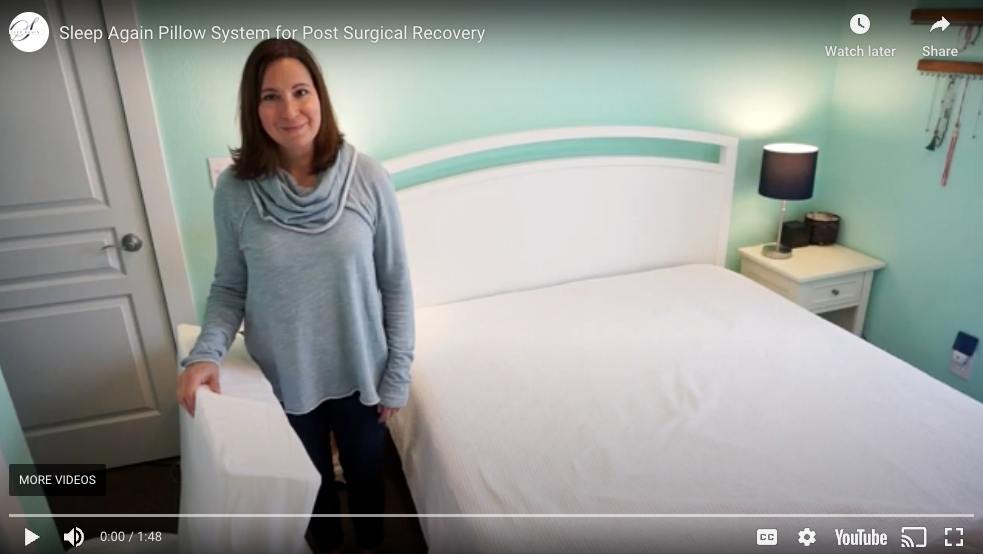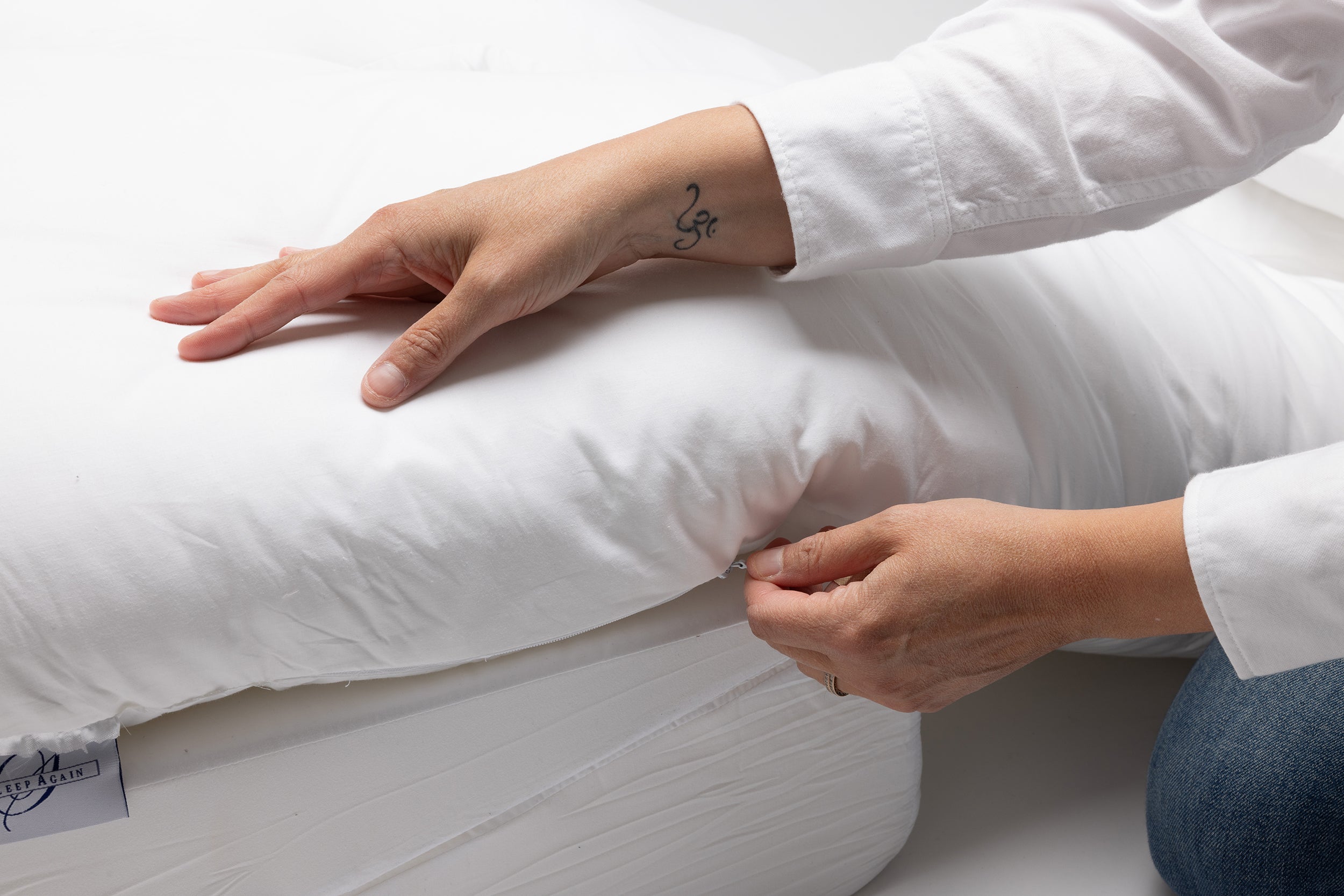Transform Your Sleep Posture with Our Top-Rated Sleep Apnea Pillow
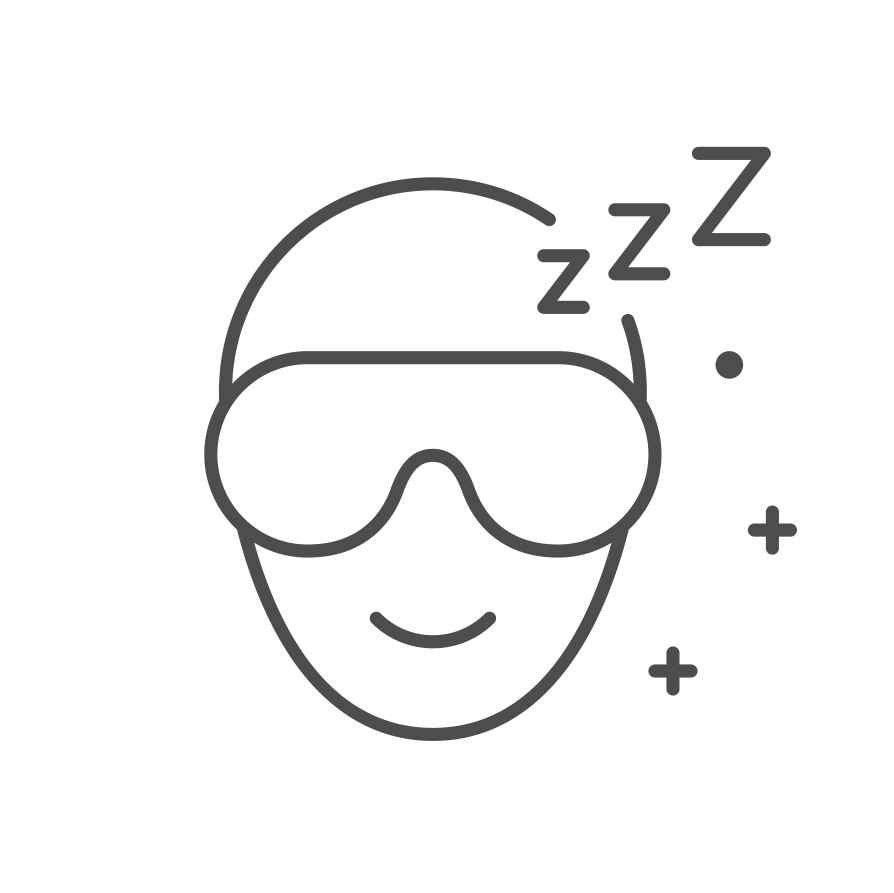
Cocoon of Comfort
Helps you feel better when few things can.

Adjusts to Fit You
Five separate pieces = your perfect setup.
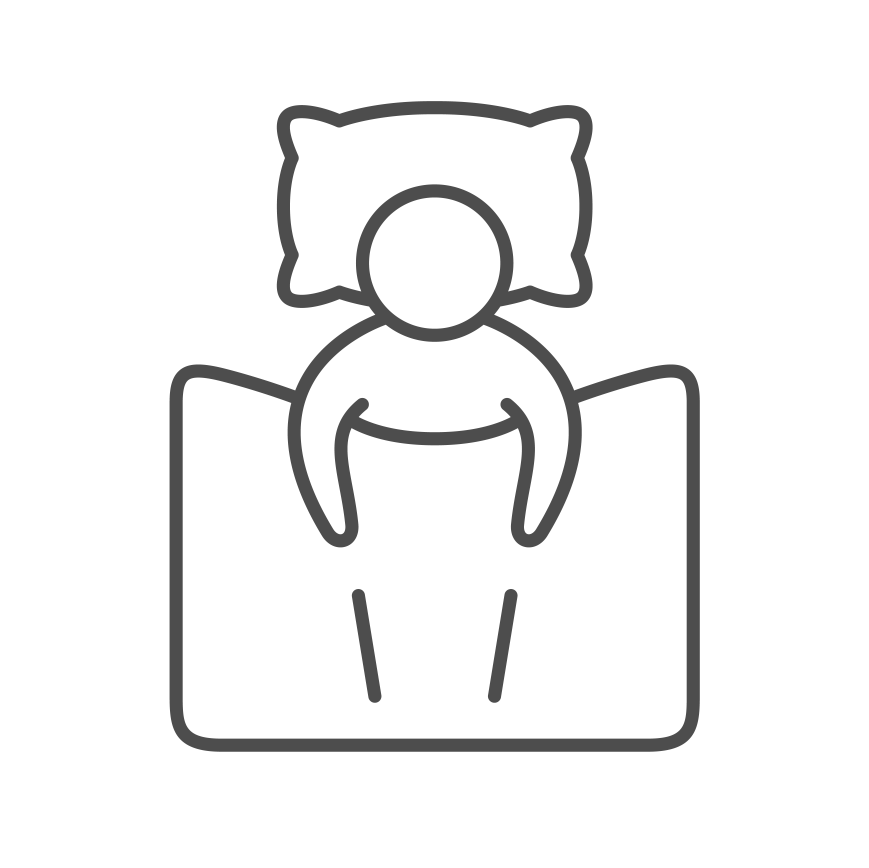
Supports Back Sleeping
Makes sleep a non-issue. Zzzzz.
Tired Of Waking Up Tired?
Your pillow might be the hidden culprit. Here's how our sleep apnea pillow transforms your sleep:
Maintains proper cervical alignment throughout the night, preventing the neck strain that causes morning stiffness and headaches
Reduces tossing and turning by securing your body in a back sleeping position, allowing you to spend more time in restorative deep sleep phases
Distributes pressure evenly across your head and neck, eliminating painful pressure points that disrupt sleep quality
Adapts to your unique anatomy with responsive support that works for all sleep positions, unlike standard one-size-fits-all pillows
Improves overall well-being beyond bedtime, including increased concentration, energy, and reduced tension throughout the day
We've Tested, Perfected, and Patented This Product
- Sets up in minutes
- Adjusts to fit you
- Easy to clean
- Snuggles you comfortably during sleep and bedrest
Frequently Asked Questions: Sleep Apnea Pillow
Do sleep apnea pillows actually work, or are they just marketing gimmicks?
Sleep apnea pillows can be genuinely effective when properly designed and used correctly. They work by elevating your head and upper body at a 30-45 degree angle, which uses gravity to help keep your airway open and prevent the tongue and soft tissues from collapsing backward. While they're not a cure for sleep apnea and shouldn't replace medical treatment like CPAP therapy, they can significantly reduce apnea events and improve sleep quality as a complementary approach.
Is it better to sleep on my side or use an elevated pillow for back sleeping?
While side sleeping is often recommended for sleep apnea, elevated back sleeping can actually be superior for many people. When done correctly with proper elevation, back sleeping provides better spinal alignment, reduces pressure points, and eliminates the tossing and turning that comes with fighting your natural sleep position. If you're naturally a back sleeper, working with your preference through elevation is often more effective than forcing yourself into an uncomfortable side position.
What's the difference between a regular wedge pillow and a sleep apnea pillow system?
Regular wedge pillows only provide basic elevation and often create pressure points or fail to support proper spinal alignment. Quality sleep apnea pillow systems are engineered with multiple components that work together - including side support to prevent rolling, leg elevation to improve circulation, and specialized head support that maintains the optimal airway angle throughout the night. They also typically feature better temperature regulation and materials designed for extended comfort.
Can I use a sleep apnea pillow with my CPAP machine?
Absolutely! In fact, sleep apnea pillows can enhance CPAP therapy effectiveness. The elevation can reduce the pressure settings needed from your machine since your airway is naturally more open. Quality sleep apnea pillows are also designed to accommodate CPAP masks and tubing, reducing pressure points and mask leaks that can disrupt therapy. Many users find the combination more comfortable and effective than CPAP alone.
How long does it take to get used to sleeping with elevation?
Most people adapt to elevated sleeping within 1-2 weeks. The first few nights might feel unusual since you're changing a fundamental sleep habit, but the adjustment period is typically shorter than expected. Many people actually find elevated sleeping more comfortable once they adapt, especially if they've been struggling with sleep apnea symptoms. The key is consistency - using the elevation every night rather than switching back and forth between positions.
Breaking The Cycle Of Poor Sleep
Our sleep apnea pillow makes back sleeping comfortable and supportive, even if you've always been a side sleeper. Wake up feeling genuinely refreshed instead of fighting through another day of fatigue caused by poor sleep quality.
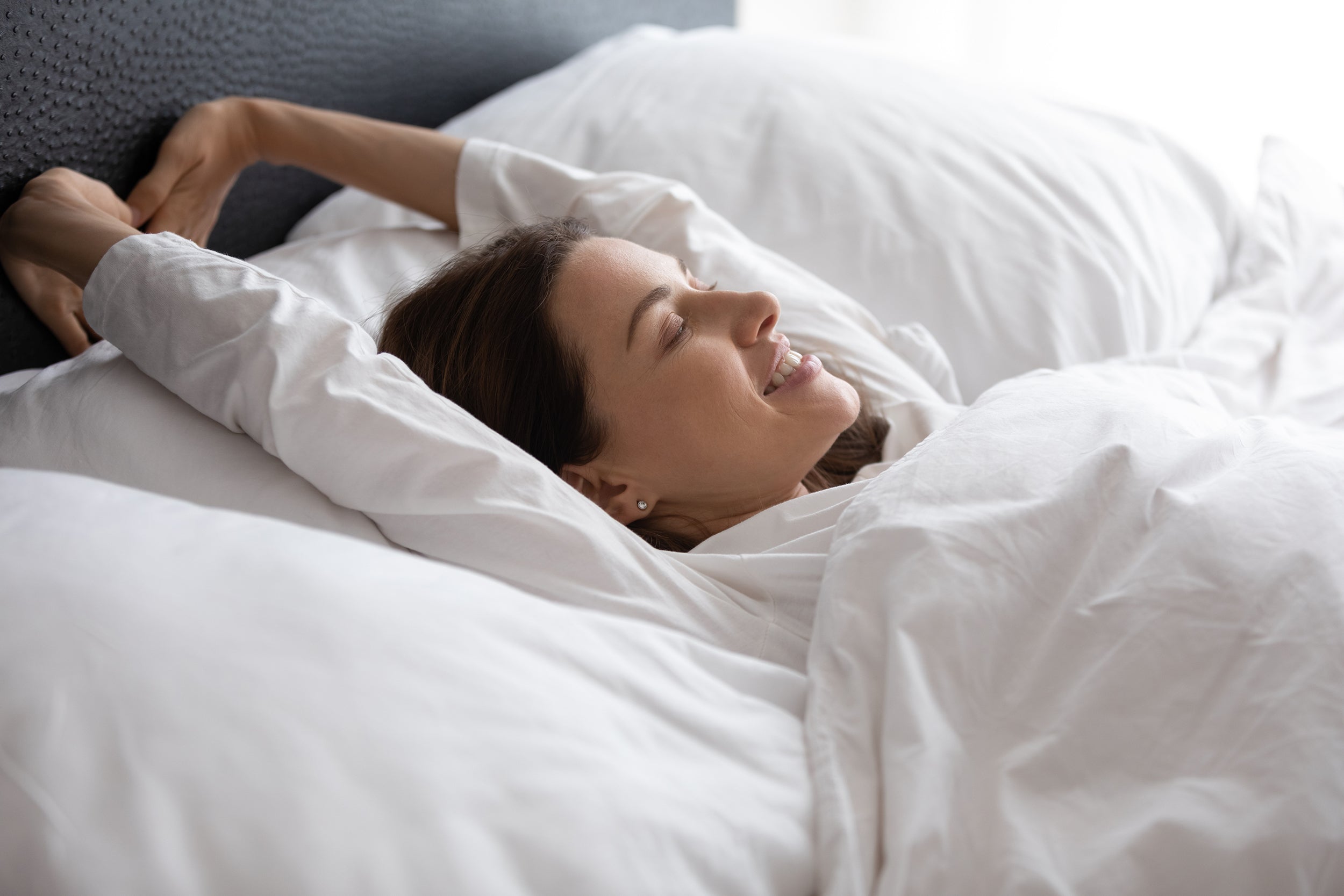
How to Train Yourself to Sleep on Your Back
Transitioning to sleeping on your back can be tricky. Learn more about why back sleeping deserves your attention and how to successfully make the switch.



